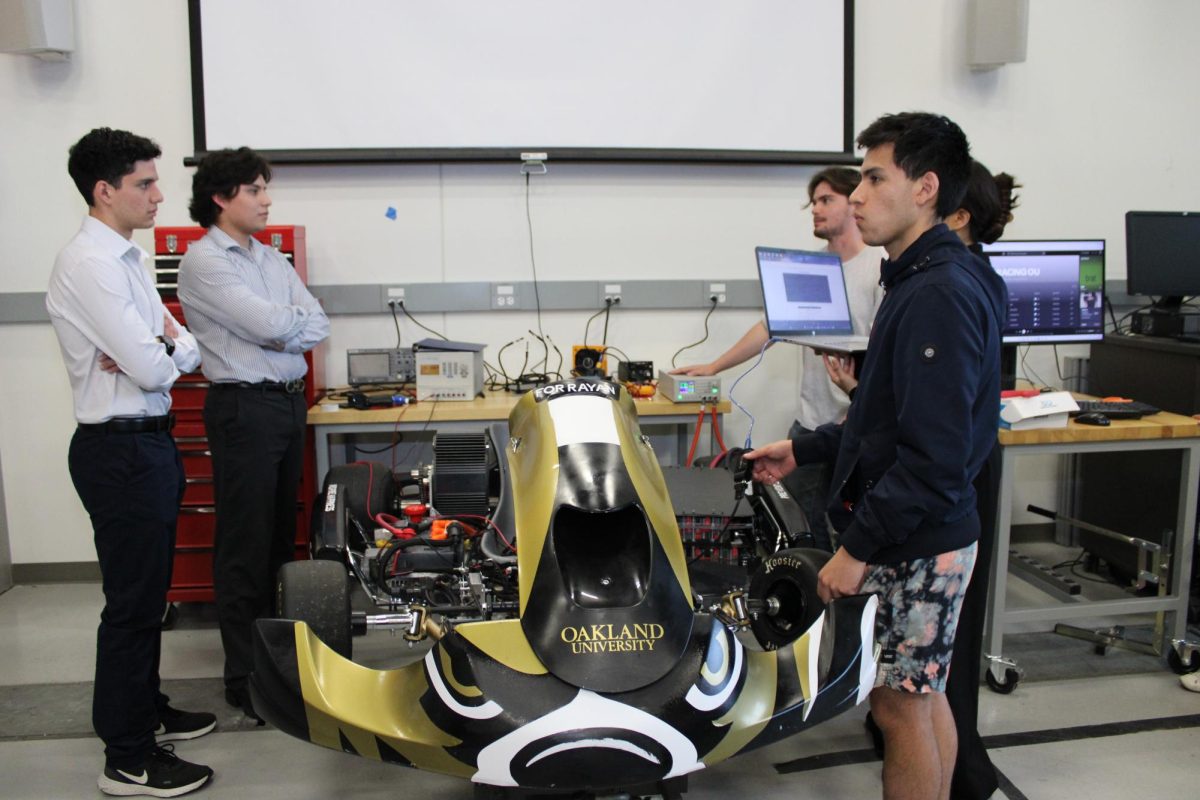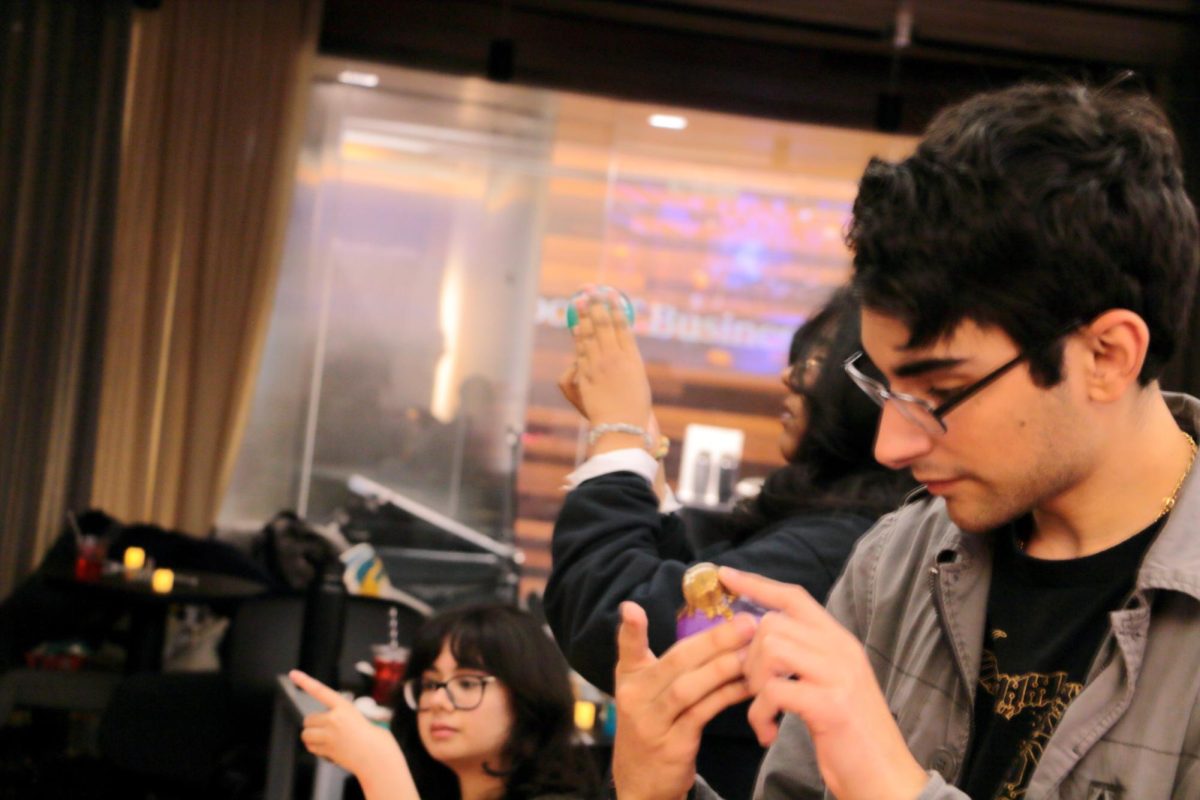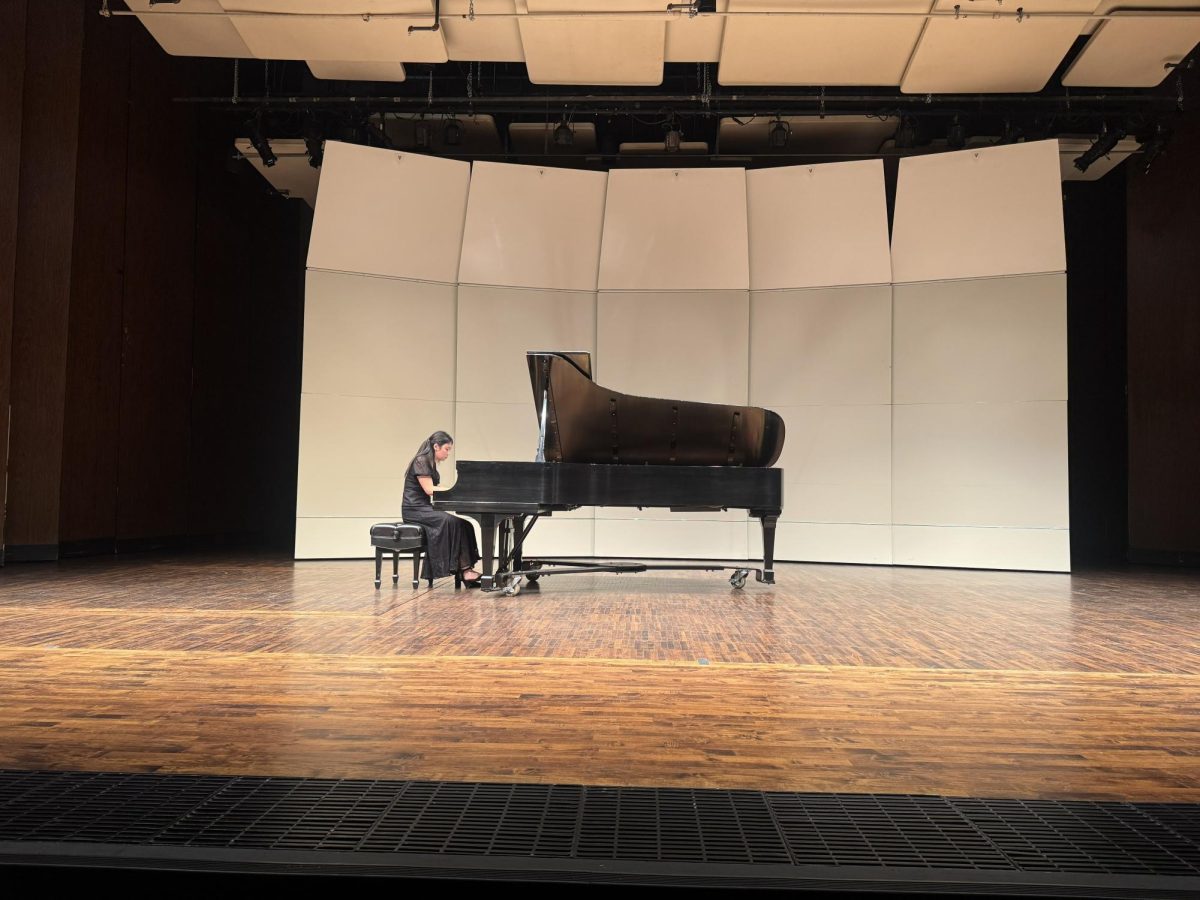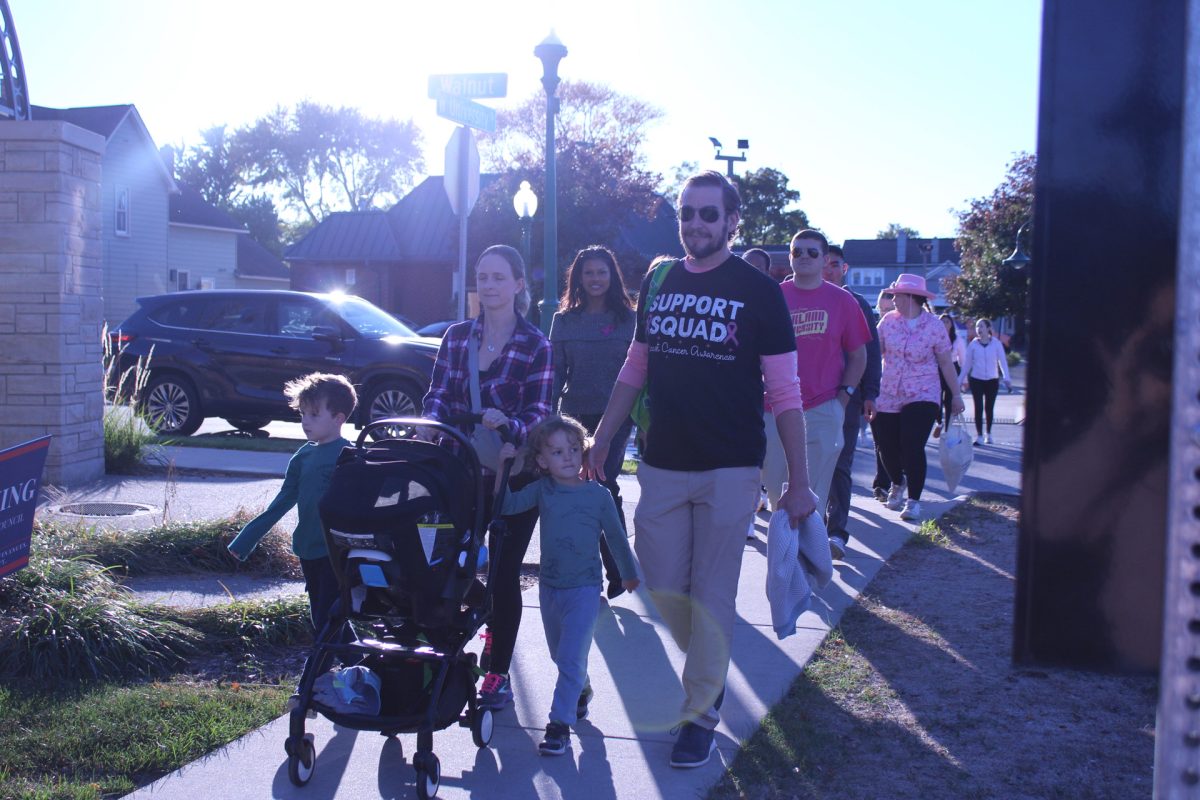The Engineering Center at Oakland University held its breath on June 18, expecting the growling of a motor dormant for over a year. The cheering of the Electric Racing Association’s (ERA) team was the first step in taking their revamped car for the win at the Purdue evGrandPrix.
After a year with a decreasing membership, tools missing and management problems, the electric racing club experienced a new era of enthusiasm over the summer. With the risk of the battery catching on fire and only two months of experience with the vehicle, the ERA club’s main concern was the battery voltage.
“This battery hasn’t been charged for a while. I think it has been over a year,” Cesar Ruiz Beltran, a mechanical engineering student, said. “That’s a huge issue we have with the battery, just like anything else, if you don’t charge your phone for a couple of months, it will stop working.”
In the days prior to the car’s awakening, three different teams within the club had to coordinate the powertrain, sensors and battery for it to run again.
“What we are doing is trying to program the BMS, a battery management system, which is like the brain that gives its function to the heart, the battery,” Mauricio Cervantes, a mechanical engineering major, said. “We want to program the brain to tell the battery how to work.”
The team described the car as a puzzle — a 2023 senior design project, left unattended for a year with parts going missing and a self-made battery created by another generation of OU engineers. However, that same team has kept close contact with the new generation to help them figure out how to revive the project.
“Our main project is connecting the BMS to a computer so we can program it and from there start the car and check that it works,” Cervantes said. “What the BMS does is it regulates the battery charge and we need a display so we can keep track of it all. From there, we check the competition’s rulebook and make necessary adjustments.”
With almost 30 new members, the lab now hosts three different teams with first-time leaders: powertrain and batteries, data acquisition and sensors, and mechanical and electrical integration. Beyond the engineers, interdisciplinary teams like marketing, safety, web design, business and even AI have also taken the club’s learning and leadership outside the box.
Guillermo Valenzuela, ERA vice president, explained that the leaders focus on making weekly progress, finding learning resources for their team and coordinating with other groups.
“Week by week, I’m focused on making sure the car is running and that we learn as much as we can,” Valenzuela said. “I myself have to learn as I go to teach others how the car works and how they can improve it. I have goals for myself to learn about the car and I’m in contact with the guys who built it, so whenever I have a question, I ask them.”
In its corporate-like organization, the new ERA has three clear goals — learning, competing and career development. And all the roads lead to Lalo Barrios.
“One of my goals is that when we go to a career fair, everyone gets an internship or a job,” Barrios, ERA president and mechanical engineering major, said. “The second one is that we win at Purdue, which we will, I’m confident with the team, we have the best engineers.”
A first-time leader himself, Barrios started assembling the team before the summer began, consolidating a plan and listing the members’ dreams to accomplish them during the next academic year. With the engine running and nine months to go for the April 26 race, Barrios and his rookie team are determined to be the first at OU to win the evGrandPrix.
“Eventually, I want to see more than one go-kart being run at Purdue,” Barrios said. “I want to see them join more things like drone racing, robotics, autonomous racing, stuff like that. That’d be cool. So that’s why you have to set the foundations strong and clear, for future members to know where to go.”






